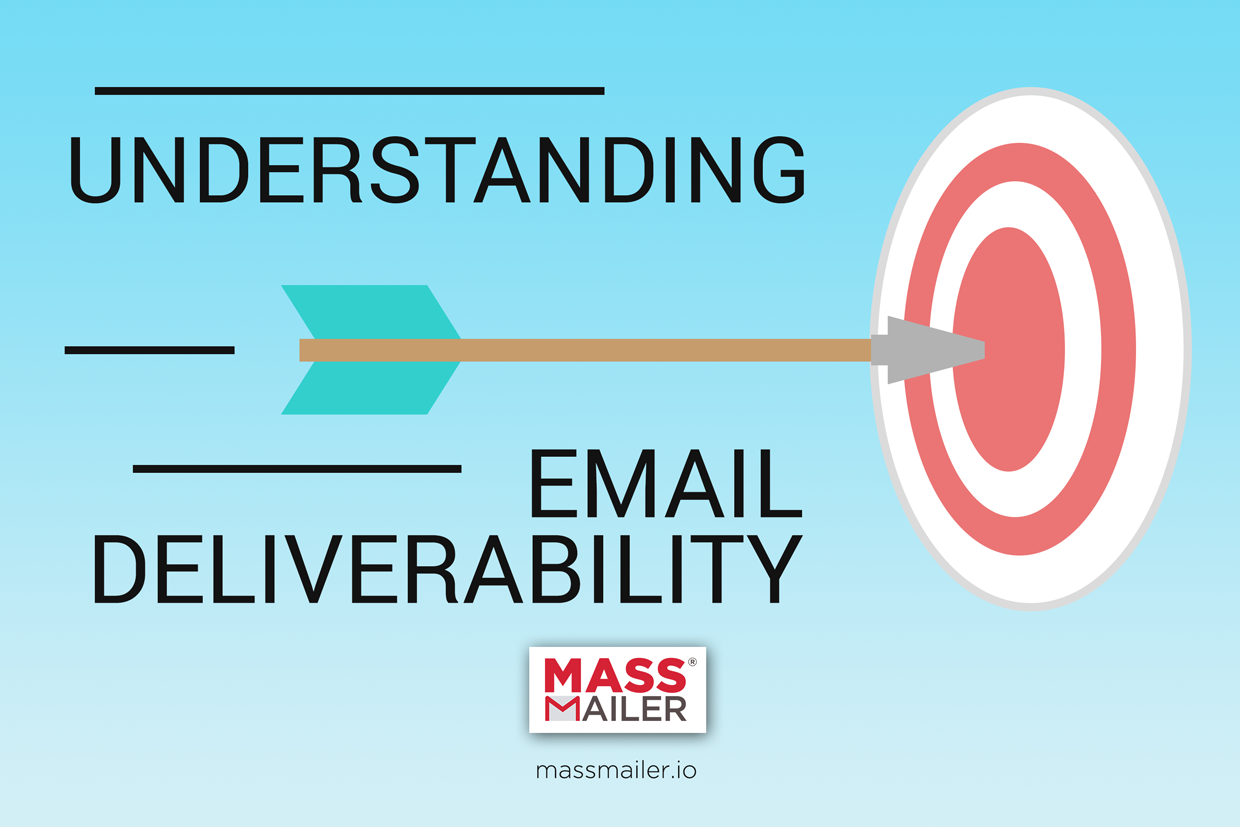Understanding Email Deliverability
What does it mean when an email isn’t deliverable? It can mean a lot of things not necessarily that the email address is incorrect. When an email is sent, it is sent to an email server for processing. This processing can be denied for a number of reasons.

Reasons for Failed Email Deliverability
An incorrect email address. By far the most common issue that occurs is due to a typo or even an intentionally fake email address. A single incorrect letter is going to ensure that an email is never delivered at all.
A technology problem. If the email server is down, it’s not going to be able to receive emails. Most modern email software will be able to resend an email that has bounced, but you may also receive a notice and have to send the email again manually.
A full inbox. Emails can also be bounced back to you if the individual’s inbox is full. That is rare now that many people have significant storage space, but it still can happen and you may never be notified of it.
A too large email. Many servers do have an upward limit on the size of emails that they can send and receive. If you’re sending a lot of data at once (which generally isn’t advisable), your email may be bounced by the server.
A bad reputation. Emails may also fail to be delivered if you are on blacklists. Blacklists are maintained by spam protection organizations and are intended to identify companies sending out mass unsolicited emails.
The Consequences of Poor Email Deliverability
For those who are running an email marketing campaign, the consequences of poor deliverability are substantial. The more your emails are rejected, the more likely it appears that your company is using outdated email lists or trying to cull addresses from less than interested contacts. This can ultimately get your company blacklisted, resulting in fewer emails delivered over time and that will create a cyclical effect.
Reducing the Risk of Poor Email Deliverability
Make sure to validate email addresses. When customers are registering for your site or signing up for your newsletter, they should be prompted to verify their email address to make sure that it is accurate and that it can currently receive emails.
Avoid “spamming” your customers. If you keep sending emails, you’re more likely to get blacklisted which will eventually mean that a lot of your emails are going to come back undelivered.
Try not to send overly large emails. Your emails should be well-optimized, not only reducing the possibility they are bounced but also making them faster and easier to send.
Email deliverability is a very important metric for any organization to track. The more deliverable your emails are, the more likely you are to reach and engage your audience. If you have poor deliverability, it’s very likely that you are using outdated email addresses and that you may need to cull your email list. An email campaign management suite can help.
